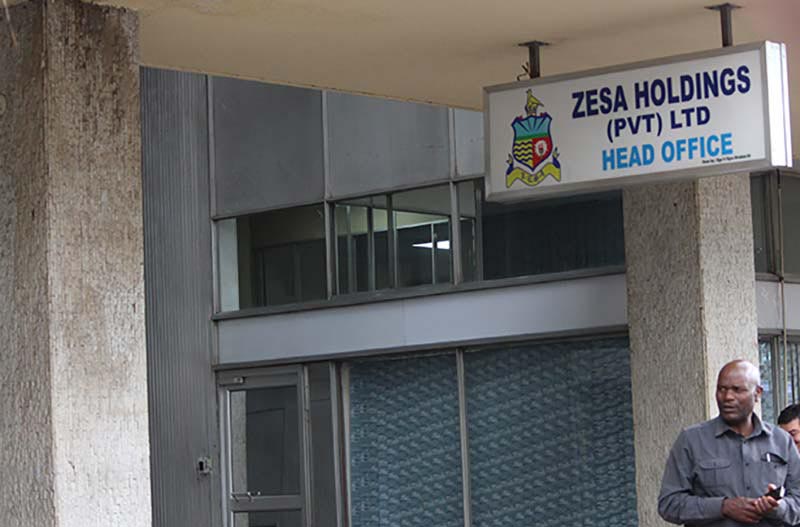Staff Reporter
Amidst the backdrop of frequent power outages and load shedding, Zimbabwe's relentless pursuit of energy self-sufficiency is yielding fruitful results, painting a promising picture for the nation's energy landscape.
Recent figures from the Zimbabwe Power Company's X handle have shown a dramatic improvement in power generation, indicating a considerable reduction in load shedding hours.
Last Sunday, Zimbabwe recorded a significant 1,374MW in electricity generation. A lion’s share of this was from the Hwange Power Station, which contributed a robust 975MW. In comparison, last Friday’s total generation stood at 975MW, with Hwange producing 675MW.
In a strategic decision to conserve water amidst anticipated El Nino-induced below-normal rainfall, the Kariba Power Station has prudently scaled back its operations.
Earlier this year, the Zambezi River Authority had opted for water rationing for Kariba, given the diminished rainfall in southeast Angola, the primary source of the Zambezi water.
Historically, Zimbabwe's energy challenges have been punctuated by extensive load shedding, particularly during periods of decreased generation.
A striking reminder of this was when the power output had nosedived to a mere 600MW across all plants, including stalwarts like Hwange Power Station and Kariba South Hydro Station.
However, substantial strategic investments have turned the tide. With a massive US$1.4 billion invested in expanding Hwange Power Station, including the construction of Units 7 and 8, the energy landscape began its transformation.
This investment paid off when Hwange's Unit 7 was successfully integrated into the national grid in March, significantly enhancing electricity supply.
Moreover, a recent report by the Zimbabwe National Statistics Agency (ZimStat) has shown a dramatic 56.5% reduction in power imports in the second quarter of this year, indicating a surge in domestic generation. This reduction amounts to 375.9GWh of electricity, a sharp decline from the 863.4 GWh of the previous quarter.
While Zimbabwe, like its regional neighbours, has faced severe power outages in the past, the nation's dedication to boosting power generation, notably the 600MW addition at Hwange, has begun reshaping its energy narrative.
The horizon appears brighter, with the nation marching confidently towards energy independence and potentially becoming a power exporter in the region.




